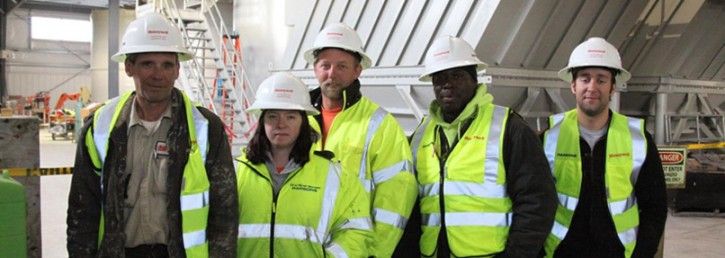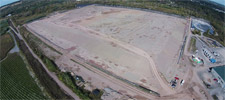Health and Safety are an Important Part of the Onondaga Lake Cleanup
Health and safety plans were reviewed by DEC and DOH and incorporated into every stage of the restoration. These plans included management and monitoring that exceeded government requirements and industry standards at other remediation sites.
In 2010, we began construction of the area that holds material removed from the lake and the water treatment plant. A Construction Community Health and Safety Plan describes the protective measures taken during this construction. A Community Health and Safety Plan was also developed for lake cleanup operations. Dredging was completed in 2014, a year ahead of schedule. Capping was completed in 2016, with habitat restoration and shoreline plantings completed in 2017.
The Community Health and Safety Plan was reviewed by the New York State Department of Health (DOH) and approved by the New York State Department of Environmental Conservation (DEC). The careful planning and daily commitment to a safe workplace has resulted in an industry-leading safety record.
During the first four years of the project, more than 1.9 million worker hours were completed. Hundreds of dedicated and talented Central New Yorkers achieved a safety record 80 percent better than industry standards. In 2014, the Western Dredging Association awarded the Onondaga Lake cleanup team with its annual safety award for the project’s outstanding safety record and performance.
The lake dredging and capping project was designed to reduce or eliminate potential hazards (with an enclosed pumping system, double containment pipeline, and industrial-strength geotextile tubes). Air Monitoring results are available here. Honeywell also coordinated with local emergency responders for seamless integration in the unlikely event of an incident.
Honeywell does its work in a way that protects health and the environment and causes the least disruption to the local community.









